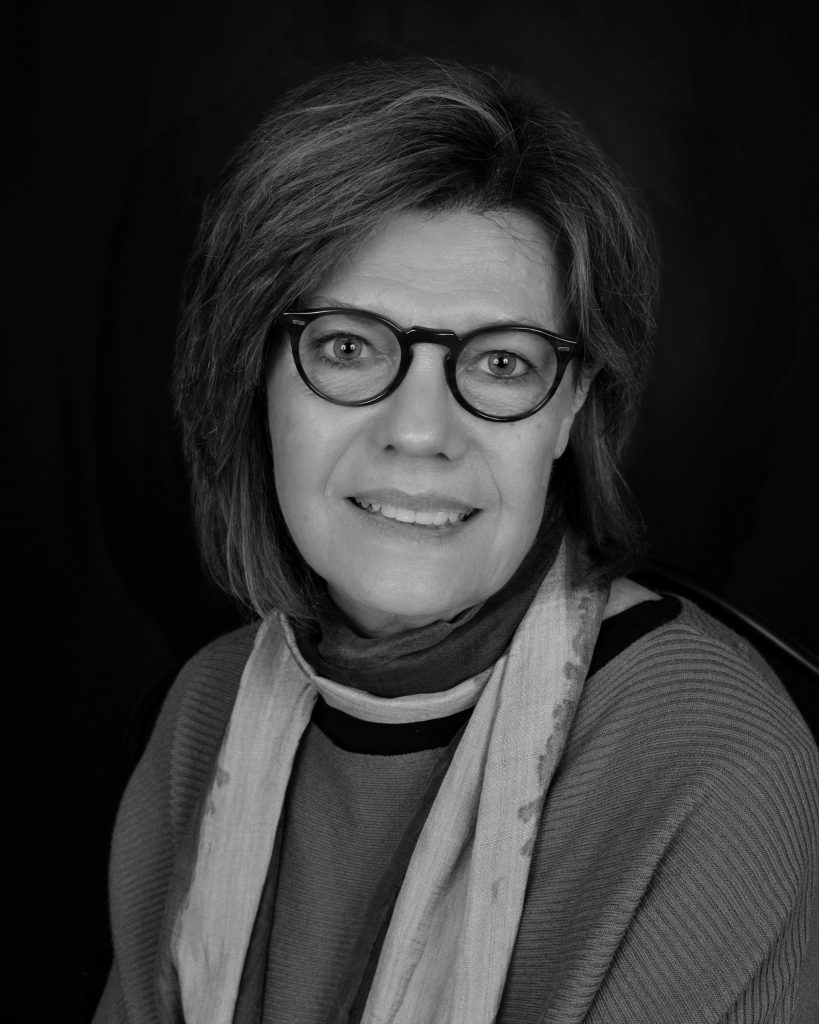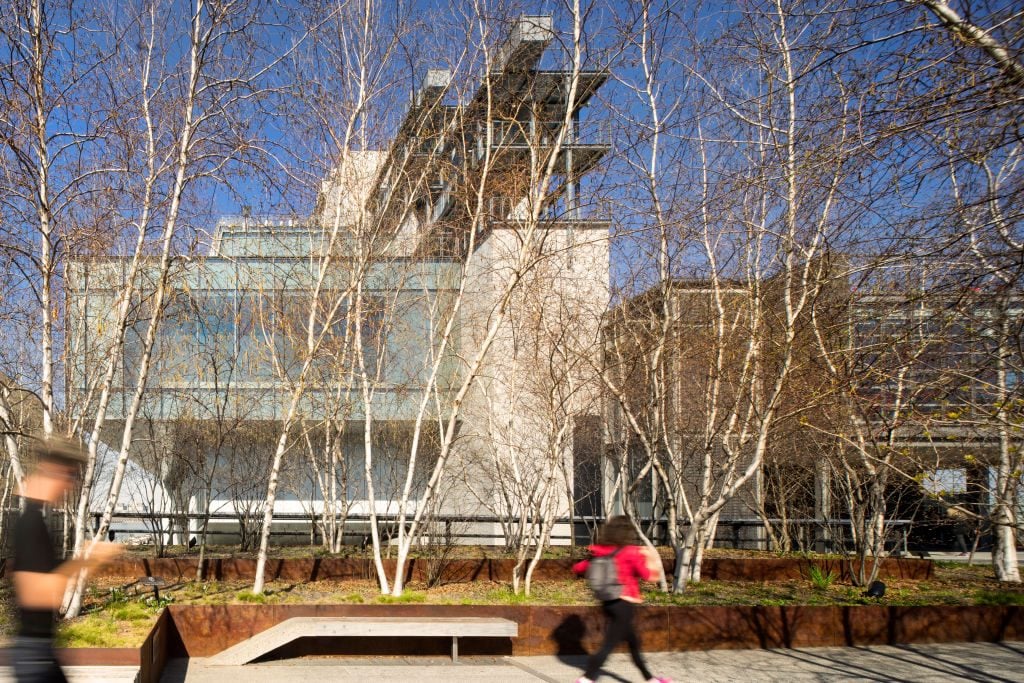The Whitney Museum’s conservation department just got a major boost from the Cy Twombly Foundation, which has gifted the museum $2.5 million to endow a conservator position.
Twombly had a long relationship with the Whitney, which in 1979 was the first New York institution to present a solo show of his work. The artist also played a major role in shaping the ethos of the Whitney’s conservation department, which is considered among the most forward-thinking in the country.
Thanks to the gift, Matthew Skopek, who joined the Whitney’s conservation team in 2007, will become the first Cy Twombly Conservator of Paintings.
Carol Mancusi-Ungaro, the Whitney’s associate director for conservation, first met Twombly in 1992, when she was working on a gallery dedicated to the artist at the Menil Collection in Houston. She is now writing a book about their two-decade collaboration.
“Learning about him and his relationship to materials helped me develop my sensitivity,” Mancusi-Ungaro told Artnet News.

Carol Mancusi-Ungaro of the Whitney.
The conservator recalled a particularly formative experience viewing the newly restored Sistine Chapel frescoes with Twombly in the ‘90s.
“As we were walking to lunch, he said, ‘After seeing that, my art looks like chicken scratches in the dirt,’” she recalled. Rather than interpreting it as a self-deprecating remark, Mancusi-Ungaro took Twombly’s comment as a challenge to preserve the sense of directness he prized in his art.
“That was a great summation of the importance of immediacy in his work—it is one-on-one, right away,” she said. “How do you preserve that? You have to understand that whatever flaw or skip is as important as anything else.”
For Mancusi-Ungaro, a conservator does their best work through engaging with documentation and with the artist, rather than just with the object. The goal is to learn to differentiate between aging (which should be maintained) and damage (which must be repaired).
“Working with Cy, I learned that you don’t need to rush,” she noted. “You need to take time and understand the artist.”
Mancusi-Ungaro’s experiences with Twombly played a central role in shaping the Whitney’s approach to conservation. The museum operates a “replication committee,” a cross-departmental group that authorizes the fabrication of exhibition copies, as well as an artists documentation program, which assembles interviews with artists and their associates to better understand their materials, techniques, and attitudes toward conservation.
“Cy Twombly, like many other artists, was concerned about how art is restored, especially the treatment of paintings on canvas,” Nicola Del Roscio, the president of the Cy Twombly Foundation, said in a statement.
The foundation has made clear just how much it values remaining faithful to Twombly’s original vision: late last year, it settled a contentious legal battle with the Louvre after the museum altered a gallery that held a permanent Twombly installation. The Louvre has since pledged to restore the gallery to its original configuration.







